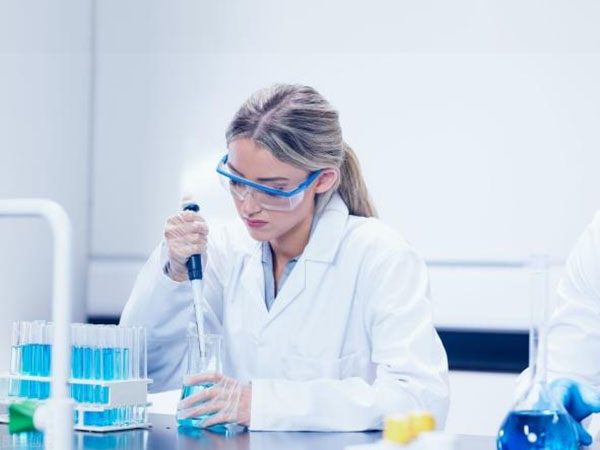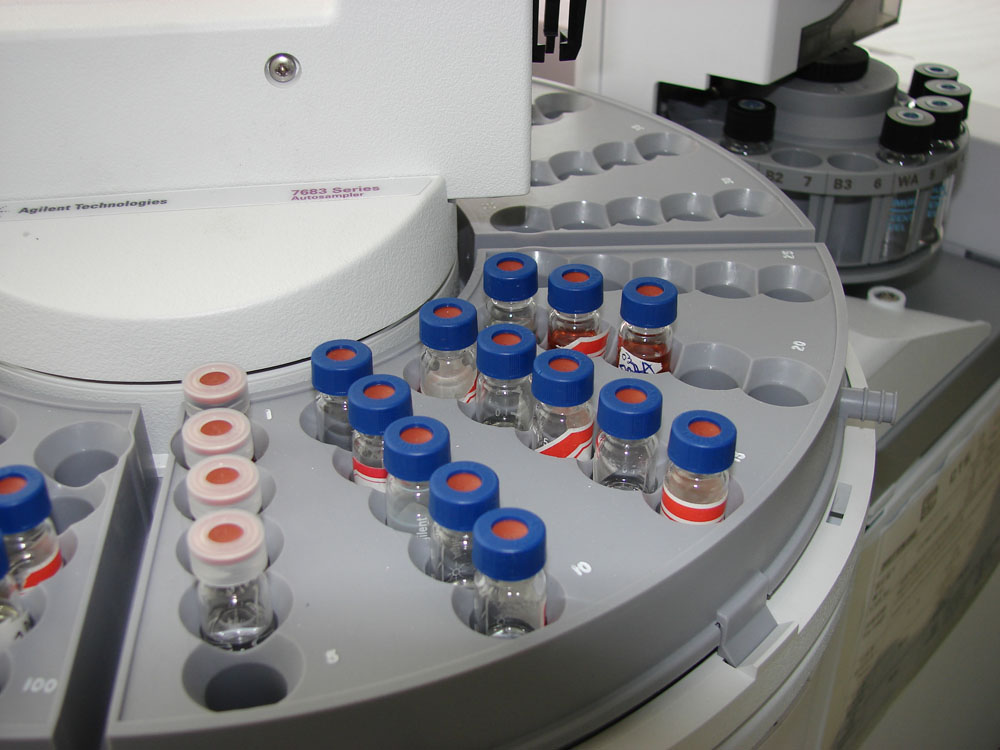How to determine the optimal concentration?
For the inducer IPTG (isopropyl-beta-d-thiogalactoside), the higher the concentration, the better. The optimal concentration depends on the specific experimental conditions and the desired induction effect.
Generally, the concentration of IPTG is used in the range of 0.1-1 mM. Lower concentrations can reduce adverse effects on cell growth and can reduce cytotoxicity due to overexpression of target proteins. Higher concentrations may cause excessive cell metabolic burden, affecting cell growth and expression efficiency.


The way to determine the optimal concentration can be to evaluate the expression level of the target protein by conducting IPTG induction tests at different concentrations. Small-scale culture tests can be performed using a range of IPTG concentrations (e.g. 0.1 mM, 0.5 mM, 1 mM, etc.) and the expression effect at different concentrations can be evaluated by detecting the expression level of the target protein (e.g. Western blot or fluorescence detection). According to the experimental results, the concentration with the best expression effect was selected as the optimal concentration.
In addition, you can also refer to the relevant literature or the experience of other laboratories to understand the commonly used IPTG concentration range under similar experimental conditions, and then optimize and adjust according to the experimental needs.
It is important to note that the optimal concentration may vary depending on different expression systems, target proteins, and experimental conditions, so it is best to optimize on a case-by-case basis.
Post time: Sep-28-2023

